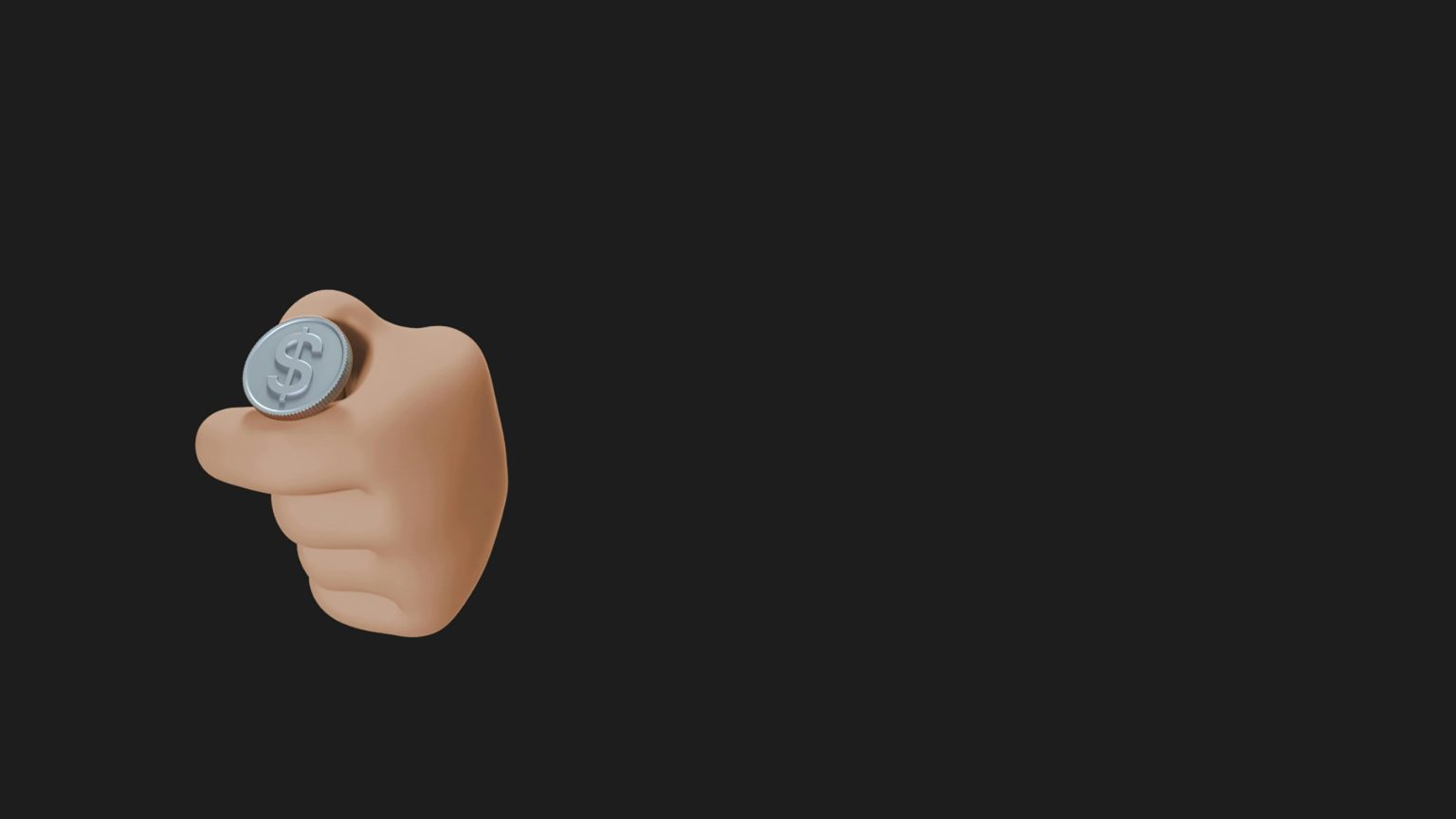Do you catch yourself instantly reaching for your phone for a fast coffee break? Or how a brief daydream while you wait for the elevator somehow rejuvenates your mind? These aren’t habits, these are “micro-escapes,” and they’re quickly becoming survival tools in our hyper-connected world.
What Are Micro-Escapes and Why Do They Matter?
Micro-escapes are brief, available moments of mind or body leave from the usual that take little planning but offer great psychological payoff. Unlike the old-fashioned vacation, these brief respite periods, sometimes mere minutes long, are easily integrated into our daily lives and bring real relief from tension and mental exhaustion.
“When we’re subject to constant mental demands, our attention resources run out fast,” a leading cognitive psychologist states. “Even occasional distractions can refresh these resources when they provide a sense of ‘being away’ from demands.”
Research suggests that such mini-breaks have the effect of lowering stress hormones by up to 25% and improving productive concentration for as long as 45 minutes subsequently. Your brain is not built for non-stop stimulation, it needs these regular resets to operate optimally.
The Psychology Behind Our Need to Escape
Your mind processes around 34GB of information per day, sufficient to view 17 hours of HD video. This cognitive workload switches on what neuroscientists call “attentional fatigue,” wherein attention is increasingly difficult to maintain.
Micro-escapes work by flashing substitute neural paths temporarily, allowing tired circuits a chance to relax. They provide what psychologists would term “psychological restoration”, mental refresh without needing a lengthy time investment.
The effect of these breaks is usually greater than their literal duration. A well-timed five-minute break can have an effect that lasts for hours because it interrupts cycles of stress response before they reach overwhelming levels.
Types of Micro-Escapes for Modern Life
Taking a two-minute stretch break, a walk around the block, or even just a rapid change of physical environment can revitalize your mind through physiological shifts. These short physical breaks are particularly useful because they engage a number of senses and literally remove you from the stressors.
Mental Micro-Escapes
Daydreaming, taking brief meditation, or imagining a pleasant place creates internal escapes entirely in your mind. These are probably the simplest forms of micro-escape, as readily available as whenever you are able to shift your attention internally.
Digital Micro-Escapes
Our devices afford immediate transport to different mind states. From navigating social media like Instagram or Tik-tok, to engaging in rapid games of chance on American betting sites, such virtual entertainments offer immediate novelty and stimulation. The brief anticipation of risking small stakes and anticipating the outcome constructs a perfect pattern break psychologically, uncertainty yields dopamine release tasting invigorating compared to prosaic work behaviors.
But digital escapes must have cautious limits. A five-minute timer can prevent these refreshing breaks from becoming long-term avoidance habits.
Balancing Healthy and Unhealthy Escape Patterns
How do you know if your micro-escapes are healthy? Look for these signs:
Healthy micro-escapes have limits, a beginning, and an end. You return to responsibilities refreshed rather than reluctant. And most importantly, they support rather than replace meaningful activities.
Warning signs will emerge when micro-escapes take more and more time, when you can’t seem to stop, or when you use them as a regular way to avoid necessary tasks. Approximately 67% of individuals report making occasional use of micro-escapes as avoidance patterns, but this is not a problem when it’s your go-to coping mechanism.
Maximizing Your Daily Escapes
To get the most out of micro-escapes without succumbing to unhealthy habits, try these tips:
Make conscious use of mixed-up escape modes. If you’re glued to screens all day at work, opt for physical or social micro-escapes rather than yet more digital stimulation. Adapt your escape to your specific mood state; high stress might be responsive to calming activity, while boredom cries out for novelty.
Track the impact of different escapes on subsequent mood and productivity. Some people find that creative micro-escapes (for example, sketching for a few minutes) have longer-lasting effects than passive viewing.
And don’t forget, these are not indulgences. In a culture that often celebrates incessant productivity, the embrace of micro-escapes can be counterintuitive. But these small mental escapes are not luxuries. They’re essential for cognitive and emotional well-being.
So the next time you catch attention lagging or tension rising, remember that a well-planned micro-escape could be just what your brain needs. Perhaps it’s a momentary meditation, a quick game, or even simply staring out the window, but these small breaks keep mental resilience alive in order to thrive in our challenging world.
And after all, sometimes the smallest escapes reap the biggest rewards.



